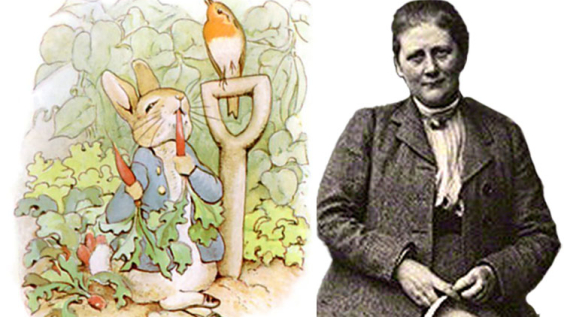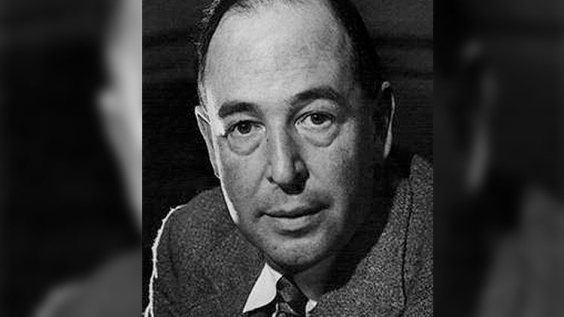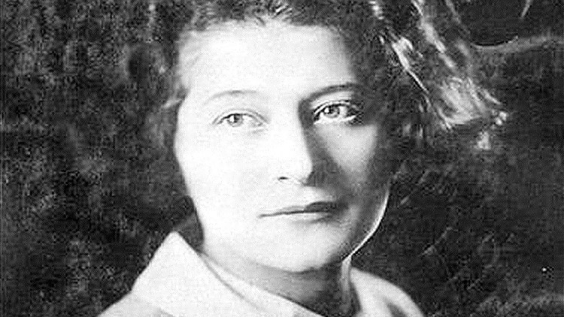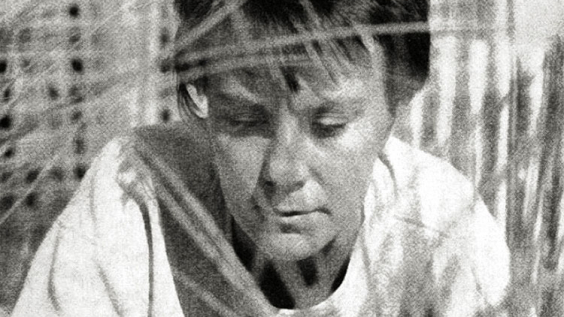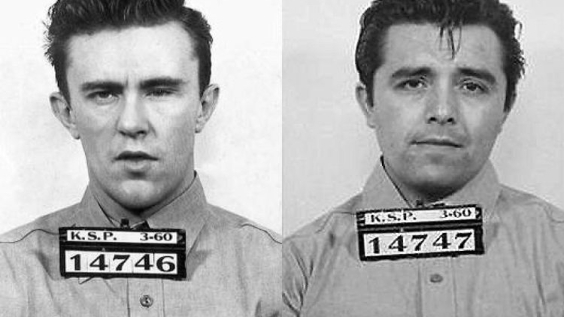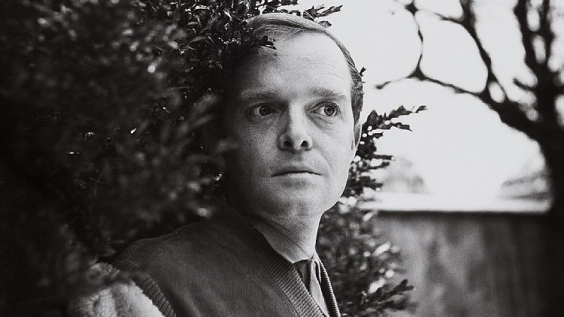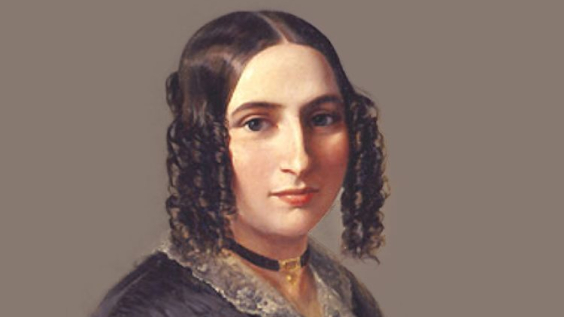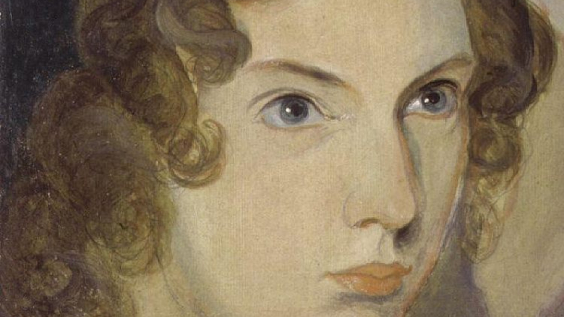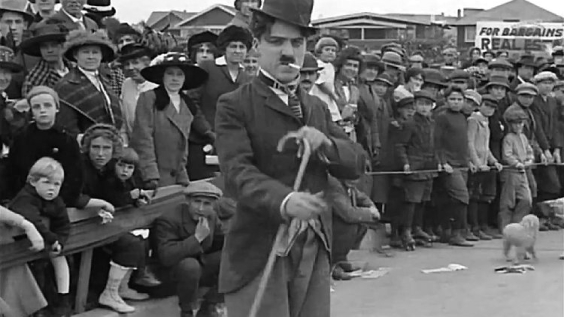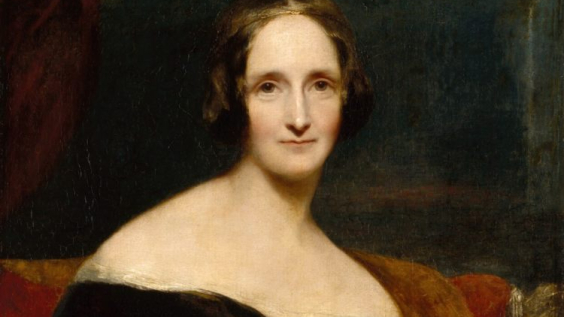
The history of the British postcard began in 1870. Invented by Léon Besnardeau at a camp for French soldiers during the Franco-Prussian War, the postcard signalled the start of faster, cheaper correspondence. They were used to send secret messages of love, to boost the morale of soldiers at war and to boast from holidays near and afar.
The postcard industry would reach its zenith during the First World War, when it became the primary form of communication for soldiers writing back to their friends, families and loved ones.
After the ‘golden age’, demand for postcards decreased dramatically, especially with the growth of telephone usage and, in more recent years, mobile phones combined with social media. The postcard will, however, always remain an iconic part of British history and culture.
In collaboration with the Postal Museum, here is a little more about the curious history of the postcard explained in 5 designs.
1. First British Postcard (1870)
First introduced in Austria-Hungary in 1869 with no images to be seen, the postcard quickly became a popular and fundamental mode of communication in the late 19th and early 20th century.
When the British Post Office introduced their own postcard a year later, with no image and a pre-printed stamp on the front, it became an instant hit.
Crucial to the postcard’s success was its affordability. It was half the price of a standard letter (a halfpenny in 1870) and was therefore a cheaper alternative as a form of communication, especially for the poorer working classes in Britain.

First British Postcard
Image Credit: © Royal Mail Group Ltd, courtesy of The Postal Museum
2. First Pictoral Postcards (1894-)
In 1894, the Royal Mail gave commercial publishers permission to manufacture and distribute picture postcards, which could be sent through the post without envelopes in the UK. Initially, you were only allowed to write on the front under the image (as seen above) as the back of the card was used solely for the address.
This changed when Britain became the first country to divide the back of the postcard, allowing the address and message to be written on the back with a full-sized picture on the front. Other countries followed suit, including the US in 1907.
3. Field Service Postcards (First World War)
The real pinnacle of postcard sending, receiving and collecting occurred in the early 20th century, especially during the First World War. During the conflict soldiers were able and encouraged to send postcards free of postage to loved ones, family and friends. Embroidered silk postcards were a particularly popular memento to send from the frontline. In 1917 alone, over 12 million postcards and letters were sent, along with 1 million parcels.
 Listen Now
Listen NowAt this point in time however, the British Army prioritised censorship of correspondence in case of leaks of secret military information. It is with this in mind that new “Field Service Postcards” were introduced to the soldiers. These included pre-printed statements and picklists, which could be crossed out according to the intended message.
4. Seaside Postcards (1918-)
In 1918, the half-penny postage rose to a penny which led to a decline in the popularity of sending postcards so frequently. But the holiday postcard came into its own as the British seaside became an increasingly popular tourist destination after the war. Sending a postcard to those back home became an essential part of holiday tradition.
With the introduction of the Bank Holidays Act in 1871 and the expansion of the Victorian railway, seaside towns saw an influx of day trippers from factories which became a major theme of many postcards sent in post-war Britain.

Postcard of South Sands at Scarborough early 1900s
Image Credit: © Royal Mail Group Ltd, courtesy of The Postal Museum
5. Collectables
With its seaside towns and beautiful stately homes, Great Britain is undoubtedly a place of interest to the visitor, and the humble but glorious postcard remains a souvenir and record for the traveller, tourist, entrepreneur, friend and lover.
Whether it’s in black and white, full glossy colour, in 3D or covered in stardust, the postcard is a national icon – and collecting them has, for some people, clearly become an addictive venture and popular pursuit.



